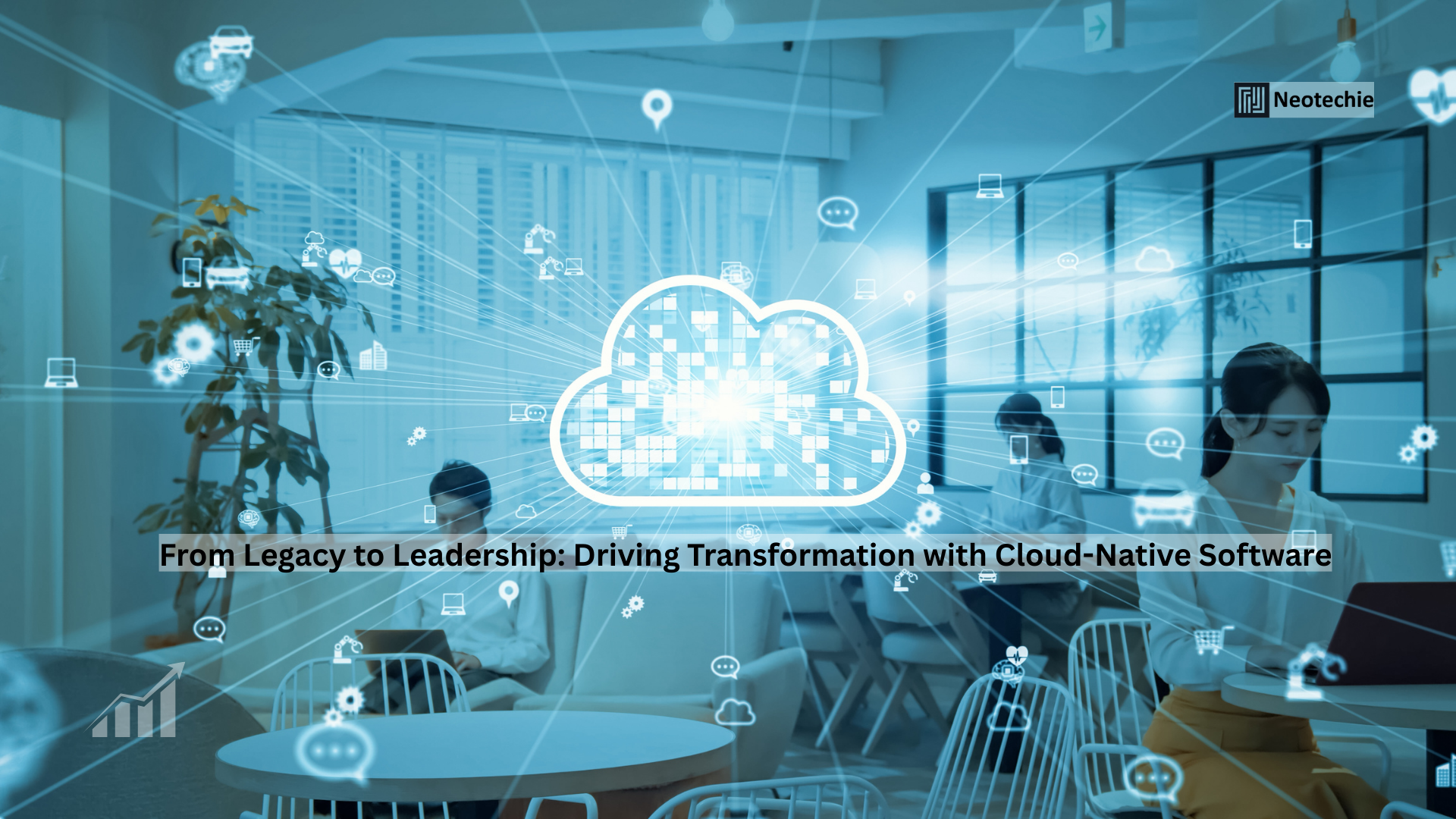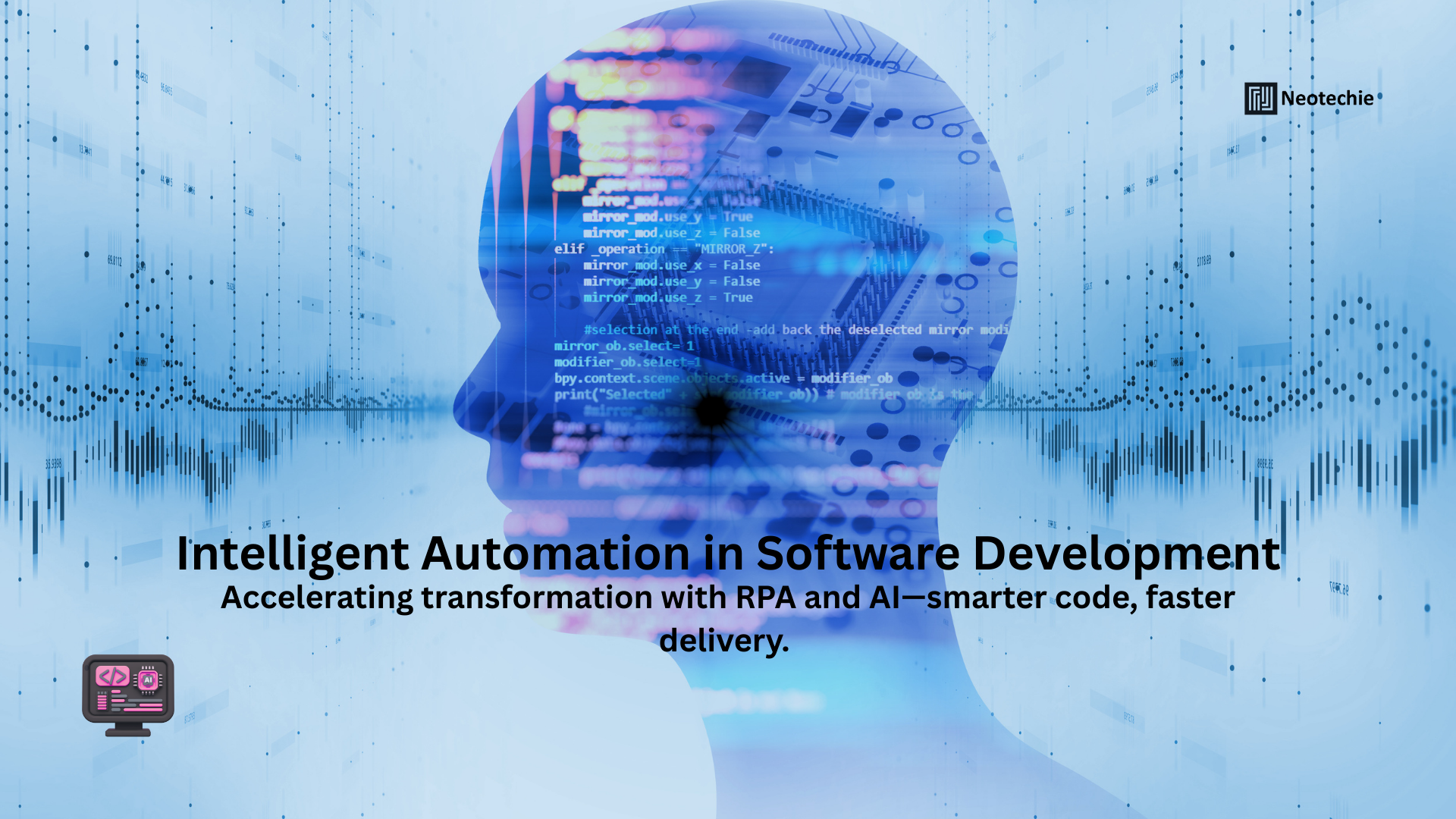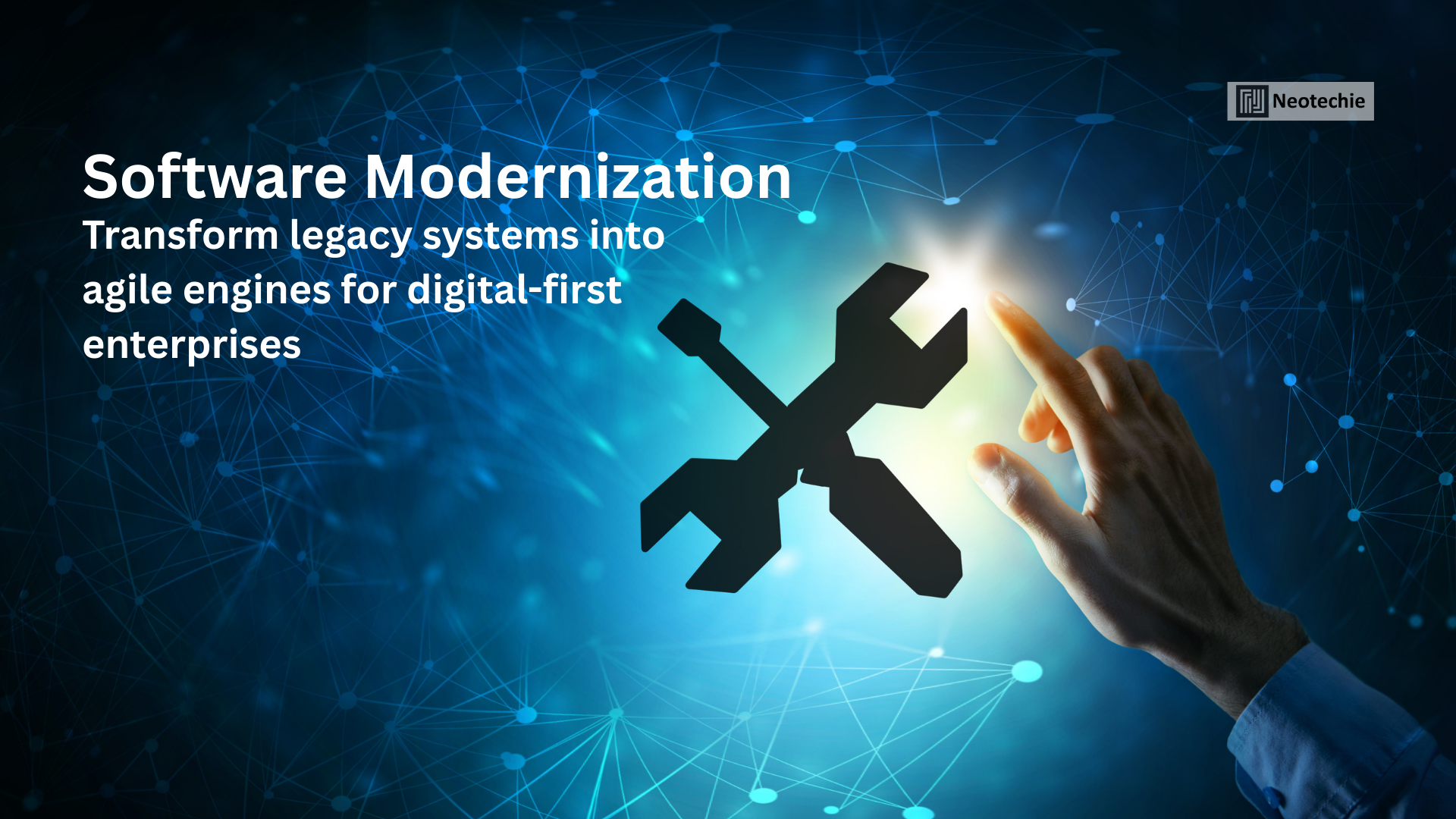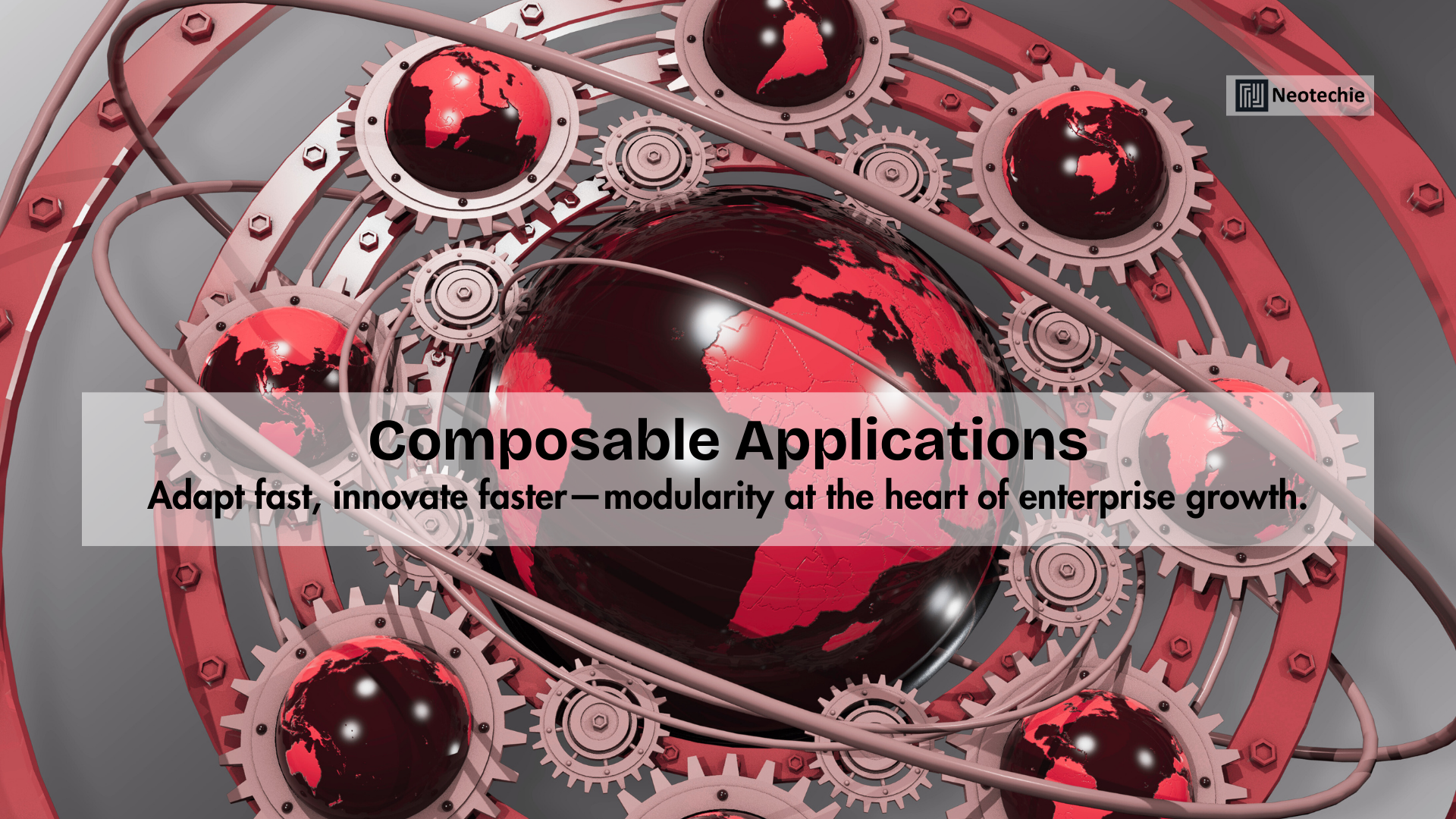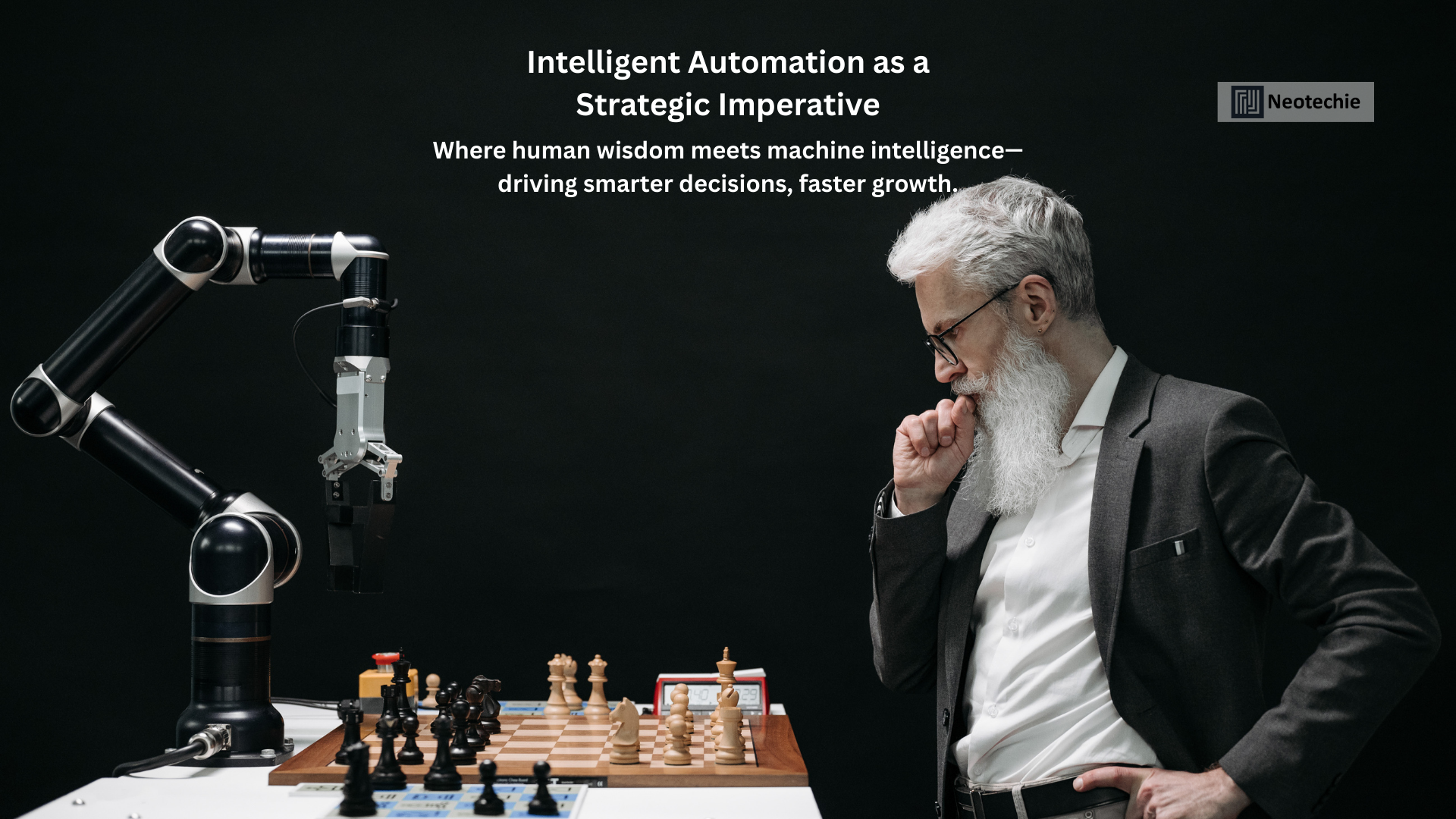Enterprises that rely on legacy systems often face significant barriers to growth, agility, and innovation. These outdated platforms can slow decision-making, limit scalability, and make it challenging to integrate emerging technologies. Transitioning to scalable, cloud-native software solutions is no longer a choice but a strategic necessity for organizations aiming to transform operations, enhance efficiency, and secure a competitive advantage.
The Challenges of Legacy Systems
Legacy systems, while once state-of-the-art, now present several constraints that impede business transformation:
- Limited Scalability: Traditional systems struggle to accommodate growth, whether it is an increase in users, data, or transaction volumes.
- Integration Barriers: Older platforms often lack APIs or modular architecture, making it difficult to integrate with modern tools, third-party applications, or cloud services.
- Maintenance and Costs: Legacy systems require ongoing maintenance, updates, and support, often consuming significant IT resources and budgets.
- Operational Inefficiencies: Manual processes, slow data retrieval, and fragmented workflows can reduce productivity and delay decision-making.
- Security Risks: Outdated systems may not comply with modern security protocols, leaving enterprises vulnerable to breaches and regulatory penalties.
Why Cloud-Native Software is the Future
Cloud-native software is designed to leverage the full potential of cloud infrastructure, providing scalability, flexibility, and resilience. By adopting cloud-native solutions, enterprises can overcome the limitations of legacy systems and drive transformative business outcomes:
- Scalability on Demand: Cloud-native applications can scale horizontally and vertically to meet changing demands, supporting business expansion without the need for significant infrastructure investments.
- Enhanced Agility: Modular architecture and containerized applications allow organizations to deploy updates and new features rapidly, fostering innovation and faster response to market changes.
- Improved Integration: Cloud-native systems are designed for interoperability, enabling seamless integration with modern applications, analytics tools, and third-party services.
- Cost Efficiency: By reducing dependency on physical infrastructure and leveraging cloud resources, organizations can optimize operational costs while paying only for the resources they use.
- Robust Security and Compliance: Cloud-native software incorporates advanced security measures, automated compliance checks, and data protection protocols, safeguarding sensitive enterprise information.
Driving Business Transformation Through Modern Software
Modernizing software infrastructure is not just about replacing old systems—it is about enabling enterprise-wide transformation. Cloud-native solutions facilitate:
- Streamlined Operations: Automation of workflows and integration of systems reduce manual tasks, improve efficiency, and free up resources for strategic initiatives.
- Real-Time Data Insights: Centralized data repositories and advanced analytics provide real-time visibility into operations, empowering leaders to make informed, data-driven decisions.
- Enhanced Customer Experiences: Agile, integrated platforms enable organizations to deliver personalized, responsive services that meet evolving customer expectations.
- Innovation Enablement: Cloud-native software supports experimentation, rapid prototyping, and deployment of new services, fostering a culture of innovation.
- Future-Proof Architecture: Modular, scalable systems can evolve alongside the business, accommodating growth, new technologies, and emerging market demands.
Key Components of a Cloud-Native Transformation Strategy
To ensure successful modernization and transformation, organizations should focus on several critical components:
- Assessment of Legacy Systems: Evaluate current infrastructure, identify bottlenecks, and prioritize systems that require modernization.
- Cloud Readiness Planning: Determine the appropriate cloud strategy (public, private, hybrid) and define migration pathways for existing applications.
- Application Re-Architecture: Redesign legacy applications using microservices, containerization, and modular design to maximize flexibility and scalability.
- Integration and Interoperability: Ensure seamless connectivity between cloud-native applications, legacy systems (during transition), and third-party services.
- Security and Compliance Framework: Implement robust security measures, automated monitoring, and compliance checks to safeguard enterprise data.
- Continuous Monitoring and Optimization: Leverage analytics and performance tracking to optimize applications, workflows, and infrastructure continually.
How Neotechie Enables Enterprises to Transform with Cloud-Native Software
Neotechie helps organizations modernize legacy systems and implement scalable, cloud-native software solutions that drive business transformation:
- Comprehensive System Evaluation: Neotechie assesses existing legacy systems, identifies pain points, and defines modernization priorities tailored to organizational goals.
- Custom Cloud-Native Development: They design and develop modular, scalable applications optimized for cloud environments, ensuring seamless integration and performance.
- Migration and Integration Services: Neotechie manages the transition from legacy to cloud-native systems, minimizing downtime and ensuring interoperability with other enterprise tools.
- Advanced Analytics and Decision Support: By embedding real-time analytics and reporting into applications, Neotechie enables data-driven decision-making across the enterprise.
- Security and Compliance Assurance: All solutions include robust security protocols, automated monitoring, and adherence to industry regulations, protecting enterprise assets.
- Ongoing Support and Optimization: Post-deployment, Neotechie provides continuous monitoring, performance optimization, and support, ensuring long-term scalability and efficiency.
Conclusion
Transitioning from legacy systems to cloud-native software solutions is a strategic imperative for enterprises seeking agility, scalability, and business transformation. Cloud-native platforms streamline operations, enable real-time decision-making, and foster innovation, ensuring organizations remain competitive in a dynamic market.
Partnering with Neotechie empowers enterprises to modernize their software infrastructure effectively, implement scalable and secure cloud-native solutions, and achieve enterprise-wide business transformation. Their expertise ensures that organizations can evolve with the market, innovate rapidly, and maintain leadership in a constantly changing digital landscape.

